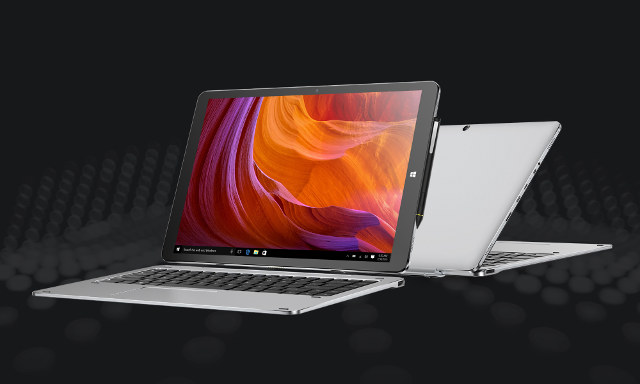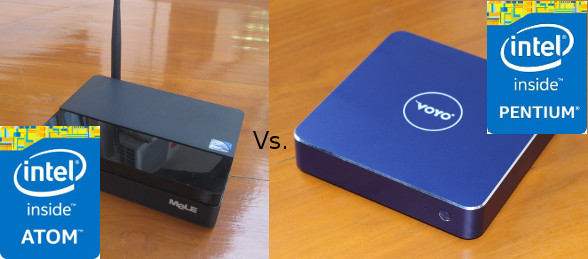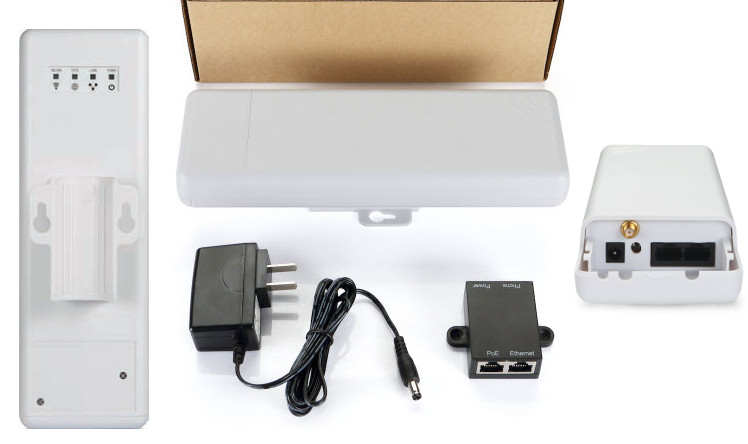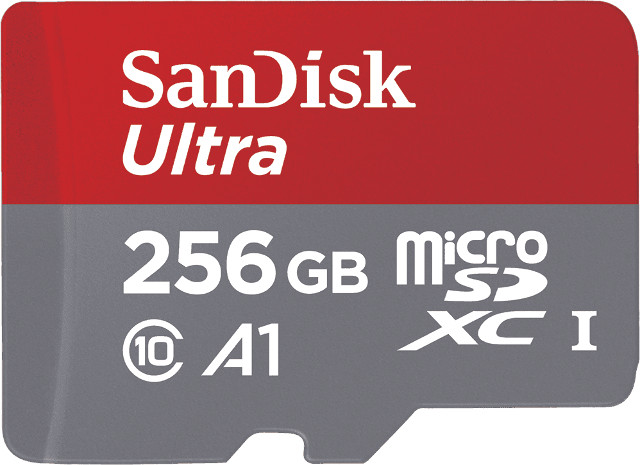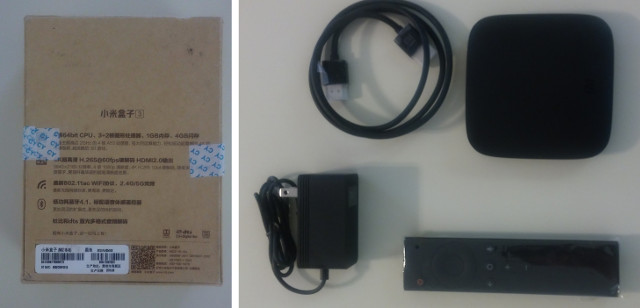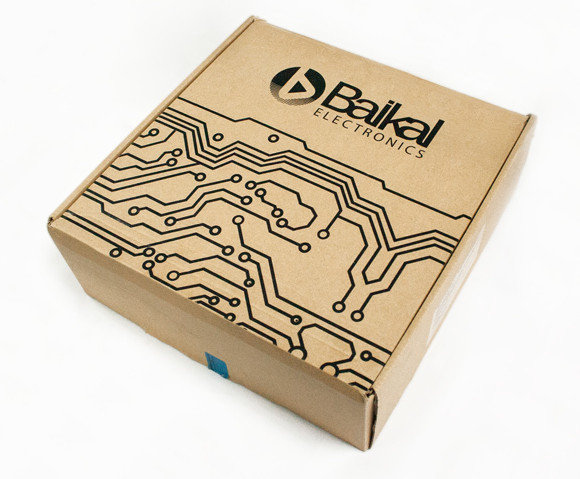I’ve recently reviewed CHUWI LapBook 14.1 laptop powered by an Intel Apollo Lake Celeron N3450 quad core processor, and found it to be a perfectly usable entry-level laptop with a few caveats like potential issues with USB ports, and the lack of brightness keys. The company is now about to launch with a higher end model, with the same processor, but instead of a 14.1″ Full HD display it will come with a high resolution 3000×2000 touchscreen 13.5″ display. The tablet will sell with Windows 10, but the company also claims support for Ubuntu, and other Linux distributions will likely work too. CHUWI Hi13 specifications: SoC – Intel Celeron N3450 quad core “Apollo Lake” processor @ 1.1 GHz / 2.2 GHz (Burst frequency) and 12 EU Intel HD graphics 500 @ 200 MHz / 700 MHz (Burst freq.); 6W TDP System Memory – 4GB DDR3L memory Storage – 64 GB […]
Intel Atom Z3735F (Bay Trail) vs Intel Celeron N4200 (Apollo Lake) Benchmarks Comparison
Intel introduced new processors every year, but in most cases the performance improvement from new processor with a similar power profile is only incrementally better, as we’ve seen in our Atom X7-Z8700 vs Pentium N4200 benchmarks comparison, which means it’s not really worthwhile to upgrade performance-wise, unless you really a specific feature or interface found in the new processor. But what if we compare to processor from 2 to 3 years ago? Intel Atom Z3735F was a popular choice two years ago, and if you’re looking for a cheap Intel mini PC or TV box, that’s still the cheapest option with prices under $80. So I’ve decided to compare Intel Atom Z3735F (Bay Trail) processor with 2W TDP to the latest Pentium Celeron N4200 (Apollo Lake) with 6W TDP. To do so, I gathered benchmarks results from MeLE PCG03 mini PC (PCMark 8) and PCG01 TV stick (Passmark + 3Dmark) […]
Dragino OLG01 Outdoor Single Channel LoRa Gateway Runs OpenWrt, Supports Passive PoE
Dragino Technology, a Shenzhen based startup focusing on the Internet of Things, had already designed LoRa shields & Hats for Arduino & Raspberry Pi boards which can be useful for LoRa nodes, but the company has now launched Dragino OLG01 LoRa gateway running OpenWrt that communicates with nodes over LoRa, and to the cloud using WiFi, Ethernet, or 3G/4G. Dragino OLG01 specifications: WiSoC – Atheros AR9331 MIPS processor @ 400MHz System Memory – 64MB RAM Storage – 16MB flash MCU – Atmel ATMega328P AVR MCU with 32KB flash, 2KB SRAM Connectivity 802.11 b/g/n WiFi with antenna 2x 10/100M Ethernet with support for passive PoE Optional 3G/4G module connected to internal USB socket (TBC) Semtech SX1276/78 LoRa wireless module + SMA connector (antenna not provided) up to 5~10 km range USB – 1x USB 2.0 host port Power Supply – 12V DC power jack or PoE Three models are offered with […]
SD Specifications 5.1 to Introduce App Performance Class (for Random I/O) & Logo
SD cards used to store media data only, for example photos and videos in your camera or smartphone, but with the introduction of “Adoptable Storage” in Android 6.0 you can now run apps directly on a micro SD card, and many development boards rely on (micro) SD card to run the full operating system. The difference is important, as with media storage, the raw sequential read and write speeds are the most important, as large files are created and accessed, but for apps and operating systems many small read and write operations such as databases access take place on the card, so random IO performance becomes much more important. So far, the SD card specifications would only report sequential performance with different classes, and for example for are often recommended to use “Class 10” SD cards on Raspberry Pi, which does not clearly indicates the random IO performance. SD Specifications […]
Xiaomi Mi Box (US) Android TV TV Box Review
Introduction The Mi Box is the first Xiaomi product I have used. I received it beginning of December and have been using it regularly since then. I have received 3 updates which went through uneventfully. I was very pleased with this box. I ended up getting one for my in-laws and one for my 4 year old sons bedroom. The UI worked as expected. I have an Nvidia Shield Android TV, and the Mi Box complements it very well. Having Plex Server running on the Shield and Plex on the Mi Box is pretty fantastic to easily share content. Not to mention way more cost effective than putting a Shield in every room. What’s Inside The build quality is good. The power supply puts out 5.2v which is not typical. I do wish it had more USB ports. A single USB is inadequate. I found myself swapping USB out frequently […]
Review & Quick Start Guide for Khadas Vim Pro Development Board with Ubuntu 16.04
Khadas Vim is the only Amlogic S905X development board I’m aware of. There are 4 or 5 versions of the board, but currently only two models are sold: Khadas Vim with 8GB flash and single band WiFi + BLE 4.0, and Khadas VIM Pro with 16GB flash, and dual band WiFi + BLE 4.2. SZWesion, the company behind the board, has sent Khadas Vim Pro for evaluation. Today, I’ll take a few pictures of the board and its accessories, and report my experience playing with Ubuntu 16.04.2 on the board. They’ve also released Android, LibreELEC, and dual boot Android/Ubuntu (for Vim Pro only) images, which you can find in the firmware resources page. Khadas Vim Pro Unboxing and Photos My parcel included Khadas package that looks like a book, an HDMI cable, and the same IR remote control sent with GeekBox, the first board made by the company, and powered […]
Baikal T1 BFK 1.6 MIPS Development Board Tested with OpenWrt
Baikal Electronics is a Russian fabless semiconductor company specializing in ARM and MIPS-based SoC, and we’ve already covered their Baikal T1 MIPS SoC announcement, as well as Tavolga Terminal TP-T22BT Debian 8 All-in-One Computer based on the processor. The company also have Baikal T1 BFK 1.6 development board, which does not appear to be publicly available yet, but one member of Habrahabr.ru forums got hold of one sample, and tested the OpenWrt SDK in Debian 8 host computer. First, we’ll have a look at the hardware they received. I don’t have the full specs of the board, but we’ll learn a little more below, in the meantime we can see two USB ports, Gigabit Ethernet ports, a 10GbE SFP cage, an mPCIe slot (I think), and two DB9 connector, as well as a bunch of other headers and connectors with SATA, GPIO, UART, I2C, SPI… I’ve then downloaded Baikal T1 BSP […]
22€ Olimex ESP32-EVB ESP32 Development Board Features an Ethernet Port and Relays
We already have a good choice of ESP32 development boards, but none of the ones I’ve seen make use of the Ethernet MAC interface found in Espressif ESP32 SoC. Olimex has changed that with their ESP32-EVB featuring ESP32-WROOM32 module as well as one Fast Ethernet port and two relays. Olimex ESP32-EVB specifications: Wireless Module – ESP32-WROOM32 module with 802.11 b/g/n WiFi and Bluetooth LE Wired Connectivity – 10/100M Ethernet RJ45 port External Storage – micro SD slot Relays – 2x 10A/250VAC relays Expansion 40-pin GPIO female header (2.54mm pitch) UEXT connector for sensors and modules Misc – 2x user buttons Power Supply 5V power jack LiPo charger and step up converter allowing ESP32-EVB to run from LiPo battery The company still have to write software samples, and do some testing to make sure the board work before going into mass production. Once everything is cleared, the board will be sold […]


